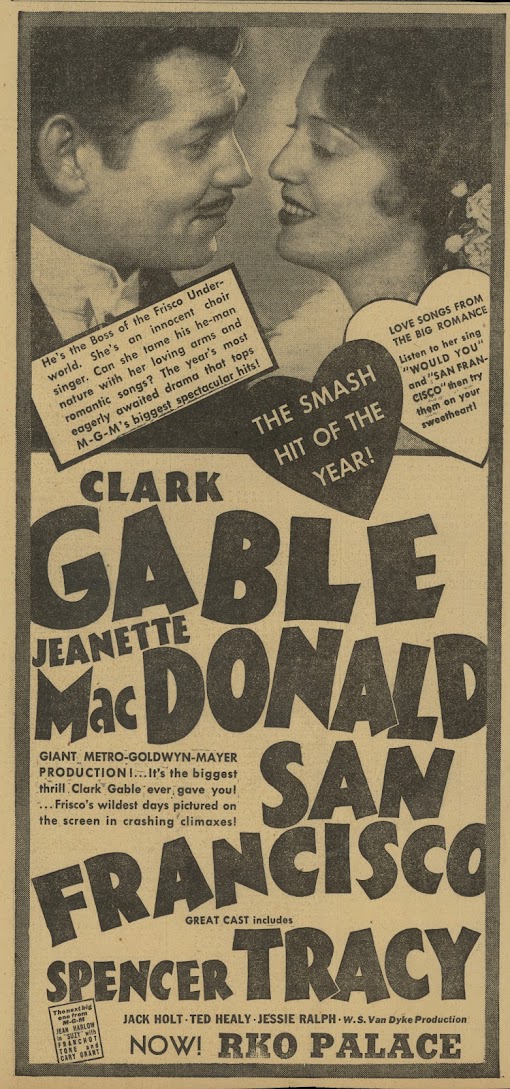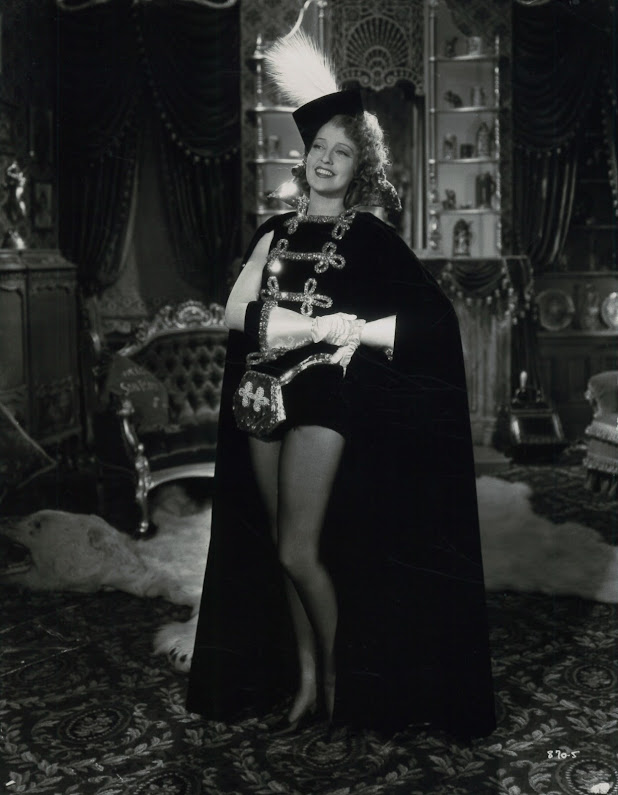Another Doing in Movies What Most Would Hesitate to Do
Melanie Daniels Plays the Game Called Access and Opportunity
Melanie learns the first law of access and opportunity, which is to make access and arrange opportunity. Some (most?) would say this is stalking and figure the flirtation better forgot. But what if Melanie sensed Mitch for the soulmate he would become? A person less resourceful would discount destiny crooking its finger and trust her soulmate to emerge from elsewhere, but how many soulmates does one encounter in a lifetime? Honest enough respondents will admit few, in fact none if they are really honest. We’re intrigued by Melanie’s urgency to track Mitch and maybe snare him, movies being about people willing to do things the rest of us lack energy or initiative for. Melanie must enter Mitch’s world, an entirely separate one from her own. Tracing the plate, getting an address, determining that Mitch practices law for a living, these but starters toward “happening” to run into him again, latter more awkward for him realizing effort she went to. To tip off strong interest is generally a kiss of doom. Mitch might think Melanie too aggressive, and yes, acquiring love birds and driving them an hour and a half up the California coast to Bodega Bay where the Brenners have a home goes past enterprising to plain nervy. But, Hitchcock and writers ask, how many perfect loves were lost because one or the other party failed to seize the bit that would enable an encore? Access and opportunity knocks upon all doors, as in here’s how to interpose yourself between inaction and resulting disappointment that make up too much of life. Melanie’s is the bold stroke, showing up at Bodega Bay in hope mutual interest will develop with Mitch, but what of eternal ninety/ten rule that dictates majority of desired things won’t work out as opposed to piddling ten percent that might? Chances are greater Mitch will be put off, alarmed even, that Melanie has gone to all this effort just to see him again. And what if he already had a girlfriend, fiancée, or even a wife? Plug yourself into Melanie's circumstance and picture the risk she runs.
A gull swooping down to attack is agency to shift Melanie and Mitch’s relationship to something shared in the face of a now mutual struggle. Will Mitch and Melanie in years to come thank that errant gull for bringing them truly together? Access and opportunity often mean going to outlandish effort toward your objective. I have a friend who years ago met an object of interest, realized it was one/only occasion to see her, unless he schemed otherwise. Toward that end, he asked around and found she worked as a nurse at a local hospital. How to cross paths again and make it seem coincidence? His idea was to go and get an adjustable arm sling, put it on, and show up where the Object of Interest was, their second rendezvous a fortuity as stealthily shaped by him. Was she wise? Nothing would have killed the moment like exposing the ruse, “you can’t fool me” putting paid to the association before it began. Those truer wise might play along where they see or sense value in their pursuer, however blundering his/her effort. So what happened to this particular couple? They married, stayed married, had three children and so far, seven grandchildren. This then was Access and Opportunity writ large, device to generally not work, but worth a reach perhaps toward that elusive ten percent. Result to contrary may be chalked up to failure being after all a better teacher than success. There is no broader avenue than access and opportunity for making a fool of oneself. Our sympathy is with Melanie Daniels for putting herself in ridicule’s way, approaching Bodega strangers, pretending to know people or belong at places she does not. Melanie crossing the waterway, a wide one, in a rented putt-putt boat is as vulnerable to profound embarrassment as any Hitchcock character could be. Did the Master ever hold us in such suspense as Melanie making her slow approach and entering Mitch’s home unobserved and without invitation to deliver the love birds?
Melanie earns plaudits for her persistence, even as it obliges her to mislead those she’d use to access what she wants, including Mitch once they meet again and it is plainly obvious she made the drive to Bodega seeking him. Access/opportunity often employs trickery to achieve ends, outright lying too where necessary. Melanie goes to a stranger, Annie Hayworth, to get the name of Mitch’s sister, Annie aware that the mission involves more than that, even as Melanie evades and again misleads as she did with Bodega’s postmaster. We could ask Melanie if even an ideal outcome was worth measures she took. I don’t know of a director better equipped than Hitchcock to explore A/O and what it provokes us to do. Mitch’s home being “across the bay” is no obstacle so long as there is a boat and Melanie can hire it. We gather she’ll survive future onslaught that are titular birds, as this is one determined woman. She has within twenty minutes earned our rooting interest plus sympathy going forward. Mitch observes Melanie through binoculars well after she has delivered the lovebirds and is making her way back. He seems pleased and flattered that she has sought him out. What promises to be continuation of light romantic comedy is wrested away sudden by the gull’s attack, an incident to bond Melanie and Mitch at outset of fearsome events. Attitudes shift as he becomes solicitous and protective of her. A relationship between Melanie and Mitch shall commence, awkwardness in the getting there forgiven and forgot, way clear for The Birds to unfurl its horrors now that we are fully invested in these characters.
More of The Birds at Greenbriar HERE.










































